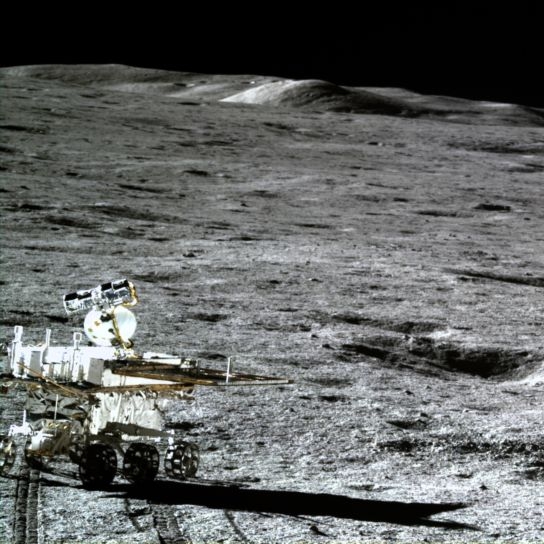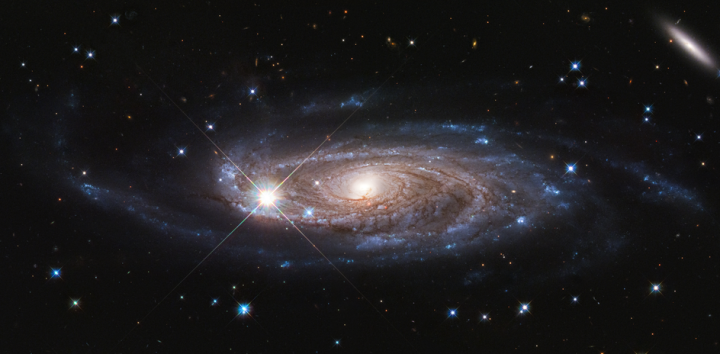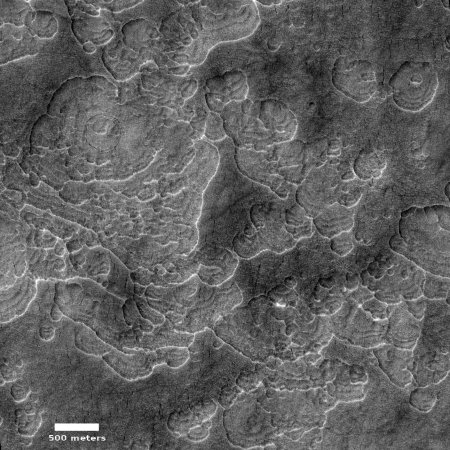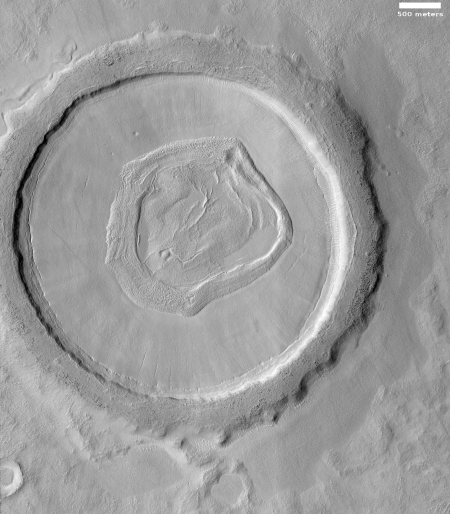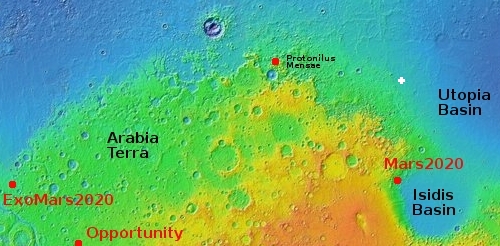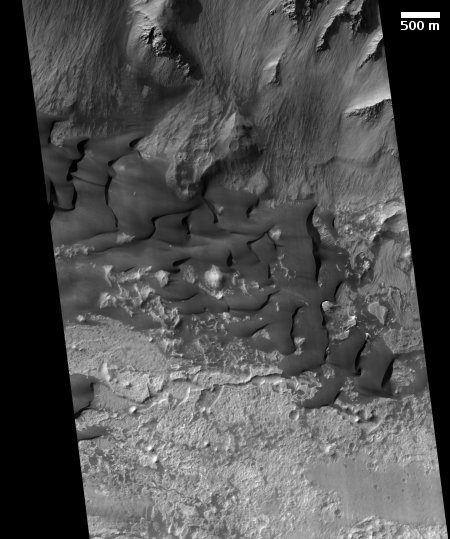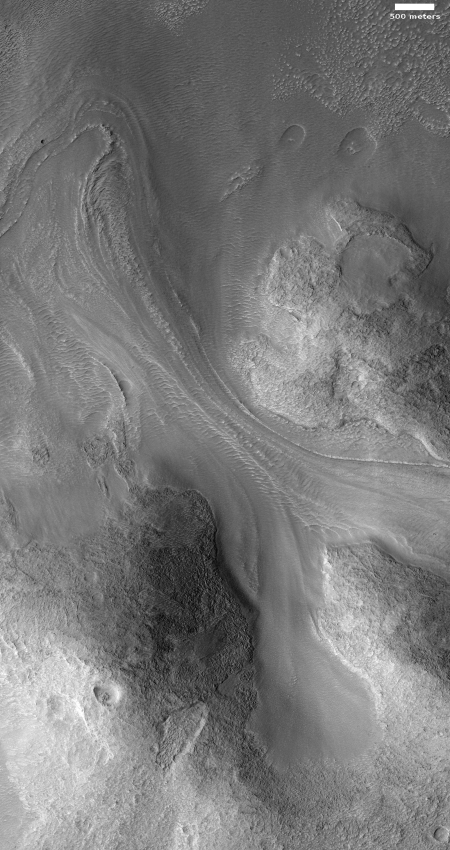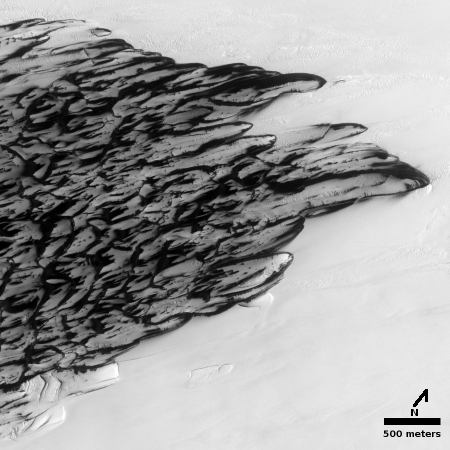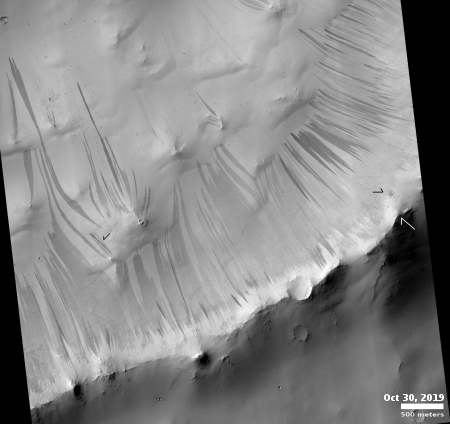No trend in hurricanes since 1970
The uncertainty of science: A new study has found no trend, up or down, in hurricanes that made landfall since the 1970s, despite many global warming predictions that said the numbers of catastrophic hurricanes would increase.
Key quote:
There are a lot of ups and downs in the data, but no obvious trends.
The scientists note that though they see no obvious trends, it is difficult to pin anything down because the variability from year to year is so great.
That large variability in occurrence means – as a simple matter of mathematics – that our ability to detect changes in tropical cyclones one or two magnitudes smaller (or more) on similar time scales is obviously made difficult, if not impossible.
So, when next you hear a global warming expert, either a teenager not attending school or a Democratic politician who doesn’t remember anything from school, claiming we are all going to die from giant hurricanes caused by human-caused global warming, remember this study. It demonstrates that those “experts” have no idea what they are talking about.
The uncertainty of science: A new study has found no trend, up or down, in hurricanes that made landfall since the 1970s, despite many global warming predictions that said the numbers of catastrophic hurricanes would increase.
Key quote:
There are a lot of ups and downs in the data, but no obvious trends.
The scientists note that though they see no obvious trends, it is difficult to pin anything down because the variability from year to year is so great.
That large variability in occurrence means – as a simple matter of mathematics – that our ability to detect changes in tropical cyclones one or two magnitudes smaller (or more) on similar time scales is obviously made difficult, if not impossible.
So, when next you hear a global warming expert, either a teenager not attending school or a Democratic politician who doesn’t remember anything from school, claiming we are all going to die from giant hurricanes caused by human-caused global warming, remember this study. It demonstrates that those “experts” have no idea what they are talking about.



